 Libri di Nicola Laneri su Unilibro.it) Libri di Nicola Laneri su Unilibro.it)
|
|
1915 |
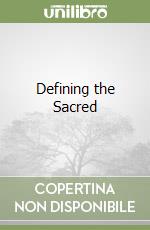 Title :
Defining the Sacred
Title :
Defining the SacredAuthor: Laneri Nicola (EDT) Publisher: Oxbow Books Ltd Religion is a phenomenon that is inseparable from human society. It brings about a set of emotional, ideological and practical elements that are pervasive in the social fabric of any society and characterizable by a number of features. These include the establishment of intermediaries in the relationship between humans and the divine; the construction of ceremonial places for worshipping the gods and practicing ritual performances; and the creation ritual paraphernalia. Investigating the religious dimensions of ancient societies encounters problems in defining such elements, especially with regard to societies that lack textual evidences and has tended to lead towards the identification of differentiation between the mental dimension, related to religious beliefs, and the material one associated with religious practices, resulting in a separation between scholars able to investigate, and possibly reconstruct, ritual practices (i.e., archaeologists), and those interested in defining the realm of ancient beliefs (i.e., philologists and religious historians).The aim of this collection of papers is to attempt to bridge these two dimensions by breaking down existing boundaries in order to form a more comprehensive vision of religion among ancient Near Eastern societies. This approach requires that a higher consideration be given to those elements (either artificial -- buildings, objects, texts, etc. -- or natural -- landscapes, animals, trees, etc.) that are created through a materialization of religious beliefs and practices enacted by members of communities. These issues are addressed in a series of specific case-studies covering a broad chronological framework that from the Pre-pottery Neolithic to the Iron Age. (Cover illustration © German Archaeological Institute, photo N. Becker) € 46,80
|
|
|
2011 |
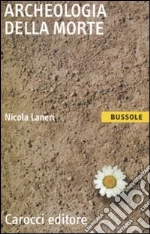 Title :
Archeologia della morte
Title :
Archeologia della morteAuthor: Laneri Nicola Publisher: Carocci Che ruolo avevano i riti funerari nell'organizzazione sociale del mondo antico? Qual era il loro significato simbolico e ideologico? A quali modalitą di trattamento era sottoposto il corpo del defunto? Come interpretare i corredi funerari e le offerte posti sia all'esterno sia all'interno delle tombe? In quale modo si esprimeva la distinzione tra le classi sociali dopo la morte? Nel rispondere a queste e altre domande, il testo si propone come guida basilare per studenti e studiosi interessati ai significati sociali e culturali dei costumi funerari delle societą antiche. € 12,00
Scontato: € 11,40
|
|
|
2009 |
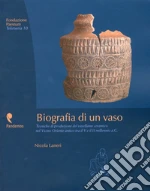 Title :
Biografia di un vaso. Tecniche di produzione del vasellame ceramico del Vicino Oriente tra V e II millennio a. C.
Title :
Biografia di un vaso. Tecniche di produzione del vasellame ceramico del Vicino Oriente tra V e II millennio a. C.Author: Laneri Nicola Publisher: Pandemos € 36,00
Scontato: € 34,20
|
|
|
2007 |
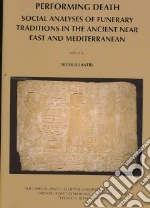 Title :
Performing Death
Title :
Performing DeathAuthor: Laneri Nicola (EDT), Morris Ellen F. (CON), Schwartz Glenn M. (CON), Chapman Robert (CON) Publisher: Oriental Inst Pubns Sales The 16 papers are from a February 2006 seminar at the Chicago Oriental Institute that was called to interpret the social relevance of the enactment of funerary rituals within the broad-reaching Mediterranean basin from prehistoric periods to the Roman age. The overarching themes are exercising authority and cultural and social transmission. Three papers also look at a theoretical approach to the archaeology of funerary rituals. Distributed in North America by The David Brown Book Company. Annotation ©2007 Book News, Inc., Portland, OR (booknews.com) € 26,60
|
|
|
2004 |
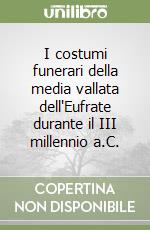 Title :
I costumi funerari della media vallata dell'Eufrate durante il III millennio a.C.
Title :
I costumi funerari della media vallata dell'Eufrate durante il III millennio a.C.Author: Laneri Nicola Publisher: Univ. degli Studi di Napoli L'Orientale € 50,00
|
|
|
1996 |
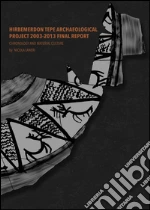 Title :
Hirbemerdon Tepe archaeological project 2003-2013 final report. Chronology and material culture
Title :
Hirbemerdon Tepe archaeological project 2003-2013 final report. Chronology and material cultureAuthor: Laneri Nicola Publisher: BraDypUS € 80,00
|